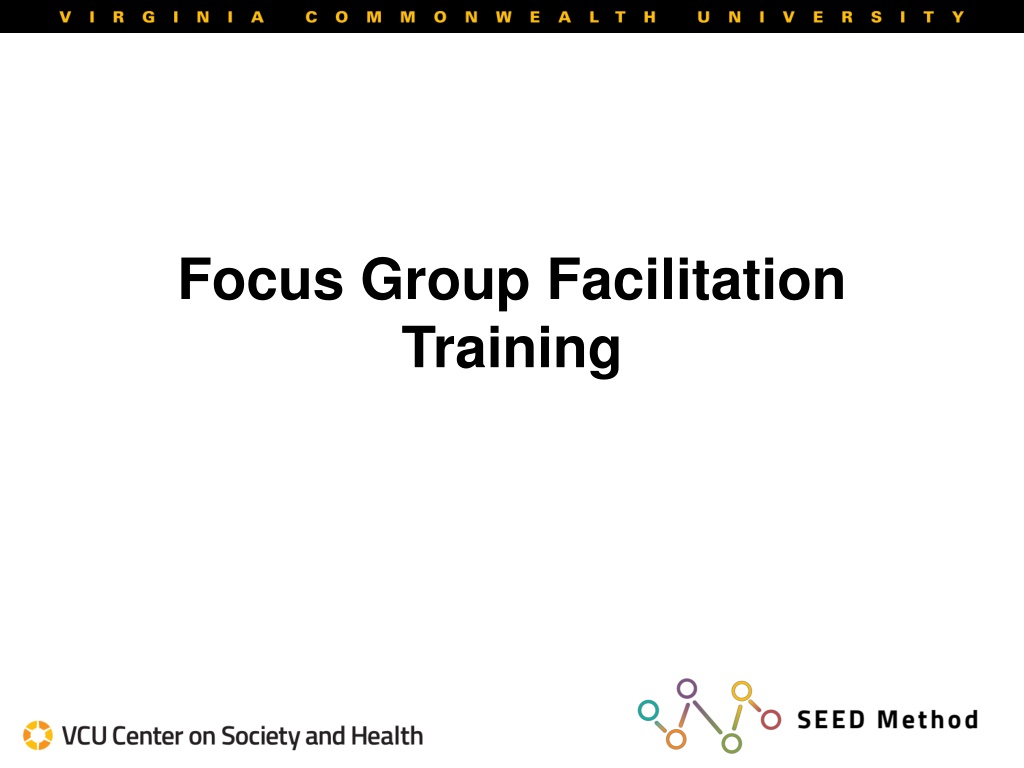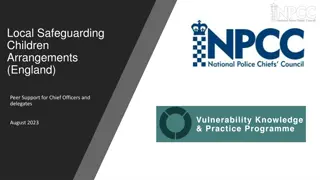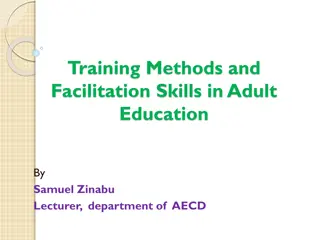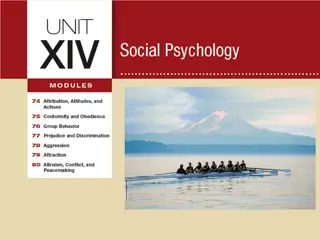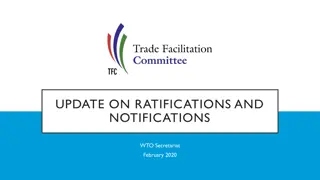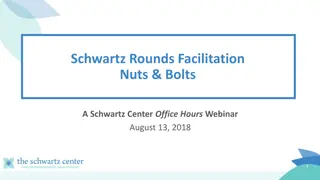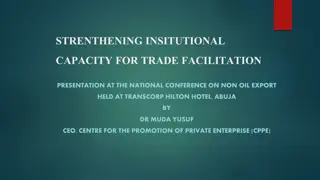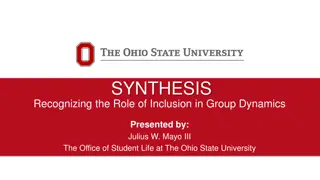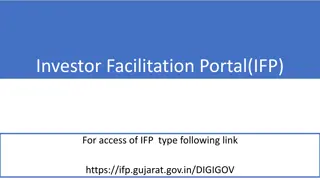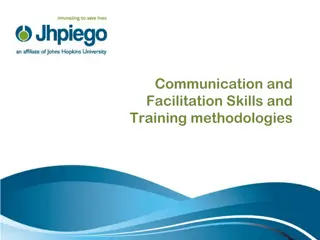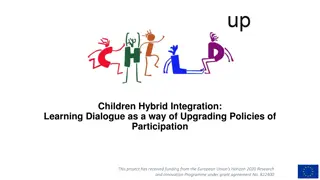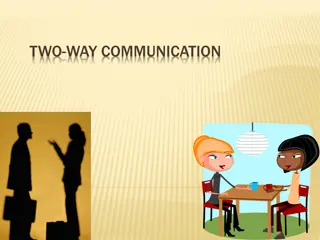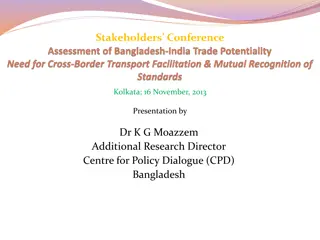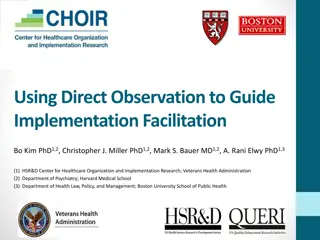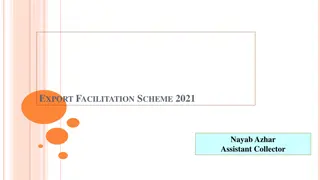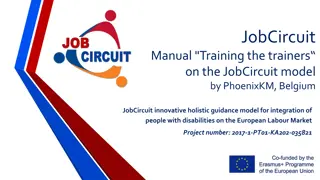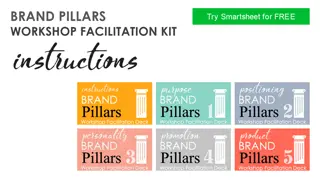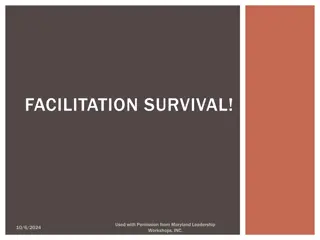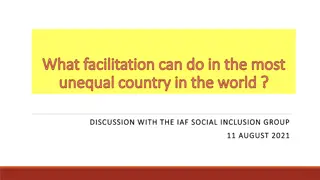Understanding Focus Group Facilitation Training
Focus groups are a valuable tool for gathering qualitative data. They involve group discussions guided by a moderator and offer advantages like quick data collection and multiple stimulus sources. However, controlling group dynamics and analyzing data can be challenging. Proper planning, a well-prepared guide, and suitable space and participants are essential for a successful focus group session.
Download Presentation

Please find below an Image/Link to download the presentation.
The content on the website is provided AS IS for your information and personal use only. It may not be sold, licensed, or shared on other websites without obtaining consent from the author. Download presentation by click this link. If you encounter any issues during the download, it is possible that the publisher has removed the file from their server.
E N D
Presentation Transcript
Focus Group Facilitation Training
Focus Groups Focus group are like group interviews Focus on individual responses Focus on group dynamics and interaction Some attitudes, feelings or beliefs may be more likely to be revealed in a group interaction Conversation guided by one person (moderator) Mainly exploratory focus 2
Features Of A Focus Group Groups of about 6 to 12 people usually participants do not know each other Usually organized to be fairly homogeneous (by age, gender, etc.) Spend about 1 to 2 hours in group discussion Discussion led by a moderator Uses an interview guide to make sure specific topics and questions are covered 3
Advantages Relatively quick form of data collection Large amount of data in a short time Group interaction provides a unique source of data The group dynamic (with others like themselves) may encourage people to provide information that they wouldn t in a one-on-one interview Flexible format Relatively low cost Multiple sources of stimulus available: images, sounds, tasting, etc. Get data in participants own words Others can observe proceedings 4
Disadvantages Can be difficult to control group dynamics Some people may dominate discussion or steer group opinion Data can be difficult to analyze Cannot generalize from results 5
The Focus Group: What You Need Advanced planning (cover all logistics) Appropriate participants (per recruitment plan) Appropriate space (private, quiet, large enough, comfortable, accessible) Moderator Recording equipment (audio or video) Materials Introduction Informed consent forms Focus group guide Stipends and stipend paperwork Food and beverages 6
The Focus Group Guide Start with ice-breaker type question to get people acquainted and help establish rapport Open-ended questions Allow for full responses, rather than simple yes/no type responses. Cover the same topics in each group. The guide might lead the group through a specific process This will require following the process to get the required result Or it might be a simpler series of questions This allows for more flexibility in the sequence and format 7
Conducting the Focus Group 1.The introduction Describe the purpose of the group Go over informed consent Answer participants questions Go over ground rules 8
Conducting the Focus Group 2. The questions Ice-breaker: easy question to get people started and feeling comfortable Interview guide: open-ended questions to foster discussion Let everyone have a turn to speak Encourage people to respond to each others comments Probe: dig deeper into what a respondent is saying. 9
Conducting the Focus Group 3. The Conclusion Thank everyone Let them know about next steps We will combine data from this group with other groups We will identify core issues We will present data to the community Find out if participants want an opportunity to attend presentations and have them sign up Stipends and stipend paperwork 10
The Successful Moderator Is prepared Knows the purpose of the study and the interview guide Sets up the setting Arranges participants in a circle and sit in circle with them Dresses like the participants (casual vs. formal) Has recording equipment ready Has any materials ready Controls group dynamics Doesn t let anyone dominate the discussion or bully others Encourages people to participate eye contact and reassurance that everyone has something important to add Let s everyone have a chance to talk Allows for conflicting ideas to be expressed and does not try to get everyone to agree Watches for body language 11
The Successful Moderator Is Neutral Does not express his or her own opinions Does not judge participants answers Does not get involved in the discussion Listens to what participants are saying, Does not attempt to teach them something Questions effectively Controls the flow of questions Repeats questions as needed Probes effectively Is flexible about following the interview guide sometimes participants will start answering a question that hasn t been asked yet. That s OK the order is not that important. 12
Probing Ask for more detail can you say more about that? Ask to clarify the meaning of a term what do you mean when you use the word caring ? This gives the respondent the opportunity to go into more detail and describe the term from her worldview Ask for an example can you describe a time that happened? Ask for more information what did you find embarrassing about it? what do you like about it? 13
Key Informant Interview Training
Interviews Interviewing goes by many names Qualitative interviews, in-depth interviews, long interviews, open-ended interviews, etc.) Interviews can be the main type of data collection in a research study, or may be used to complement other methodologies (such as focus groups) Conversation guided by the interviewer
Why do interviewing? Interviewing is a powerful way to enter the lifeworld of the individual. Discover how the respondent sees the world. Obtain information on the pattern of daily experience. Explore taken-for-granted beliefs and actions and seek to understand them. Interviewing doesn t require as prolonged a commitment as some other research strategies.
Features of the Interview One interviewee and one or two interviewers Personal invitation to be interviewed at a time and place convenient to the interviewee May be short, medium or very long (half hour to several hours or may be a series of interviews) Uses an interview guide to make sure specific topics and questions are covered
Advantages Relatively quick form of data collection Personal Flexible format can follow the interviewee s lead on what is important to talk about Can tailor the interview questions to the person Relatively low cost and easy logistics Get data in participants own words
Disadvantages Can be difficult to establish rapport (make interviewee comfortable and willing to open up) Requires good interviewing skills to get interviewees to talk at length and stay on topic Cannot generalize from results (cannot estimate how many other people have the same experiences or attitudes)
The Interview: What You Need Advanced planning (set a time and place) Appropriate space (private, quiet, comfortable, convenient) Interviewer(s) Recording equipment Notepad for taking notes Materials Introduction Informed consent form Interview guide Stipends and stipend paperwork (if providing stipend)
The Interview Guide Start with simple biographical details about the respondent. Open-ended questions Allow for full responses, rather than simple yes/no type responses. Questions arranged in common sense order. Flexible wording and order Cover the same topics with each respondent.
Conducting the Interview 1.The introduction Describe the purpose of the interview Go over informed consent Answer interviewee s questions Establish rapport help respondent feel at ease and willing to share Can you think of ways to do that?
Conducting the Interview 2. Ask questions Open ended questions Get informants own words Listen carefully Take basic notes so that you can follow up on items already covered Keep the interview on topic as much as possible, but feel free to Pursue leads did they mention something in passing that seems important? Probe: dig deeper into what a respondent is saying. Play the student if you act like you don t understand or take for granted what the respondent is saying, they need to pay more attention to explaining and using examples
Conducting the Interview 3. The conclusion Thank the interviewee Let him/her know about next steps We will combine data from this group with other groups We will identify core issues We will present data to the community Find out if participants want an opportunity to attend presentations and have them sign up Stipends and stipend paperwork (if applicable)
The Successful Interviewer Is prepared Knows the purpose of the interview Knows the interview guide Doesn t get in the way of what the interviewee has to say Doesn t provide limits or hints as to what type of answer is expected Doesn t try to translate or rephrase what a respondent has said Is neutral You do not need to agree with anything the interviewee says or validate their opinions You do not disagree with or debate any of the interviewee s opinions. All that matters is their experiences and worldview, not yours.
The Successful Interviewer Is a good listener The interview should be like a guided conversation rather than a question and answer session. It is really a one-way conversation (the interviewee gets to do most of the talking) Questions effectively Probes effectively Is flexible about following the interview guide sometimes participants will start answering a question that hasn t been asked yet. That s OK the order is not that important. Redirects when necessary, to control the conversation and cover desired topics
Probing Ask for more detail can you say more about that? Ask to clarify the meaning of a term what do you mean when you use the word caring ? This gives the respondent the opportunity to go into more detail and describe the term from her worldview Ask for an example can you describe a time that happened? Ask for more information what did you find embarrassing about it? what do you like about it?
Note taking 101 Note taking 101 What is the purpose of note-taking?
What is important to capture What is important to capture from the meeting? from the meeting? What happened during the meeting What were the major takeaways or conclusions? What were the group dynamics like? Were the conversations helpful? Were the team members engaged? What was the decision-making process like?
Meeting Notes Sections Meeting Notes Sections
Use the agenda as a frame Use the agenda as a frame Meeting Type Meeting Date Meeting Time Agenda Topics What might you record under Discussion, Conclusion, and Action Items for these Agenda Topics?
What to do: What to do: What to take notes on during the meeting: whatever happened during the meeting! Decisions that were made Any agreed upon actions Types of categories of observations and notes to take: Discussion topics Areas of conflict/agreement Group dynamics
Note taking that focuses on details about what happened vs. details about group dynamics (a.k.a. how people interacted)
What not to do: What not to do: Record everything that is said, word for word Write a narrative/descriptive story of the meeting
Note Note- -taking Tips taking Tips Jot down key decisions made Observations Discussion and Conclusions Take time after meeting to clean up your notes while the material is still fresh in your mind!
Edit, Save, & Send Note-taker responsibilities: Facilitate sign-in process, collect sign-in sheet Help with other meeting-related activities: Setting up room Audio recordings Setting up food (some meetings) Save and send final version of meeting notes to [insert study personnel name/contact info]
Time to practice! Time to practice! Note-takers: Using VCU computers and notes- template, practice taking notes during today s weekly Research Team meeting!
